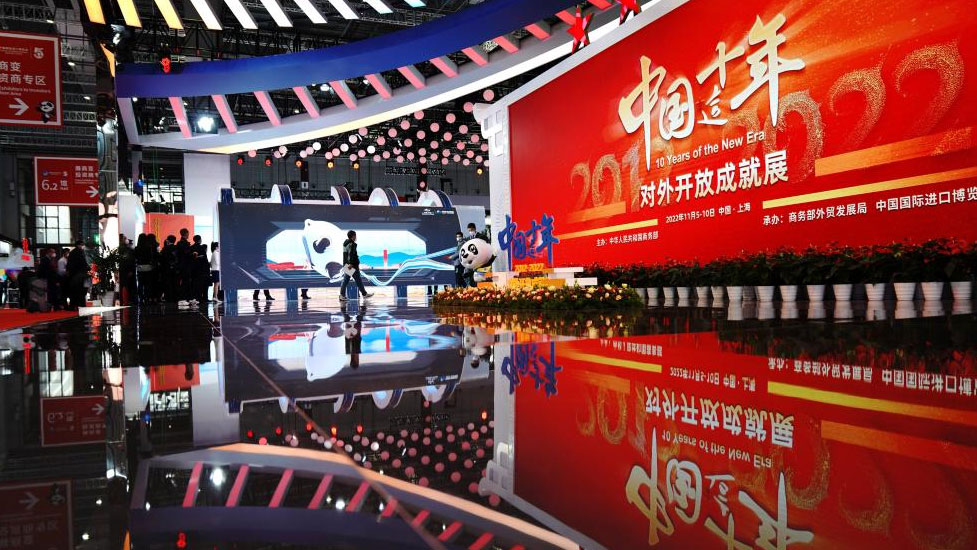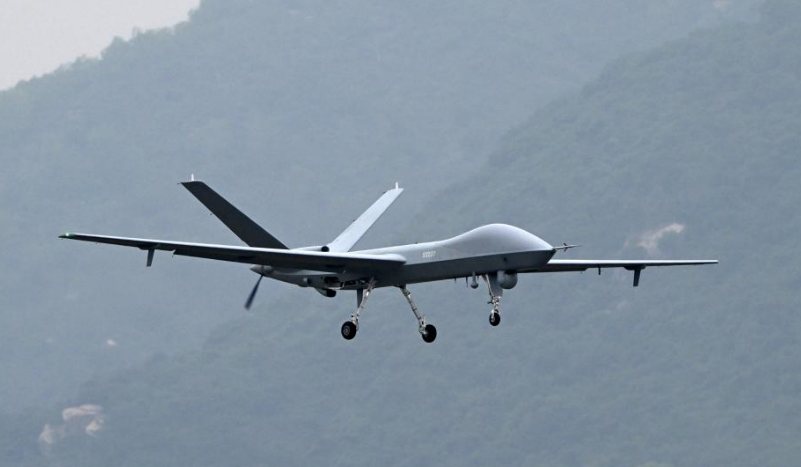China's Yangtze River Delta explores new path of high-quality development
A summit of the Yangtze River Delta G60 Science and Technology Innovation Valley was held in Shanghai on Nov. 8 during the fifth China International Import Expo.
It was attended by members of the valley and government officials from nine cities in the delta region, namely Hangzhou, Jiaxing, Jinhua and Huzhou in Zhejiang province, Hefei, Xuancheng and Wuhu in Anhui province, Suzhou in Jiangsu province, as well as Shanghai.
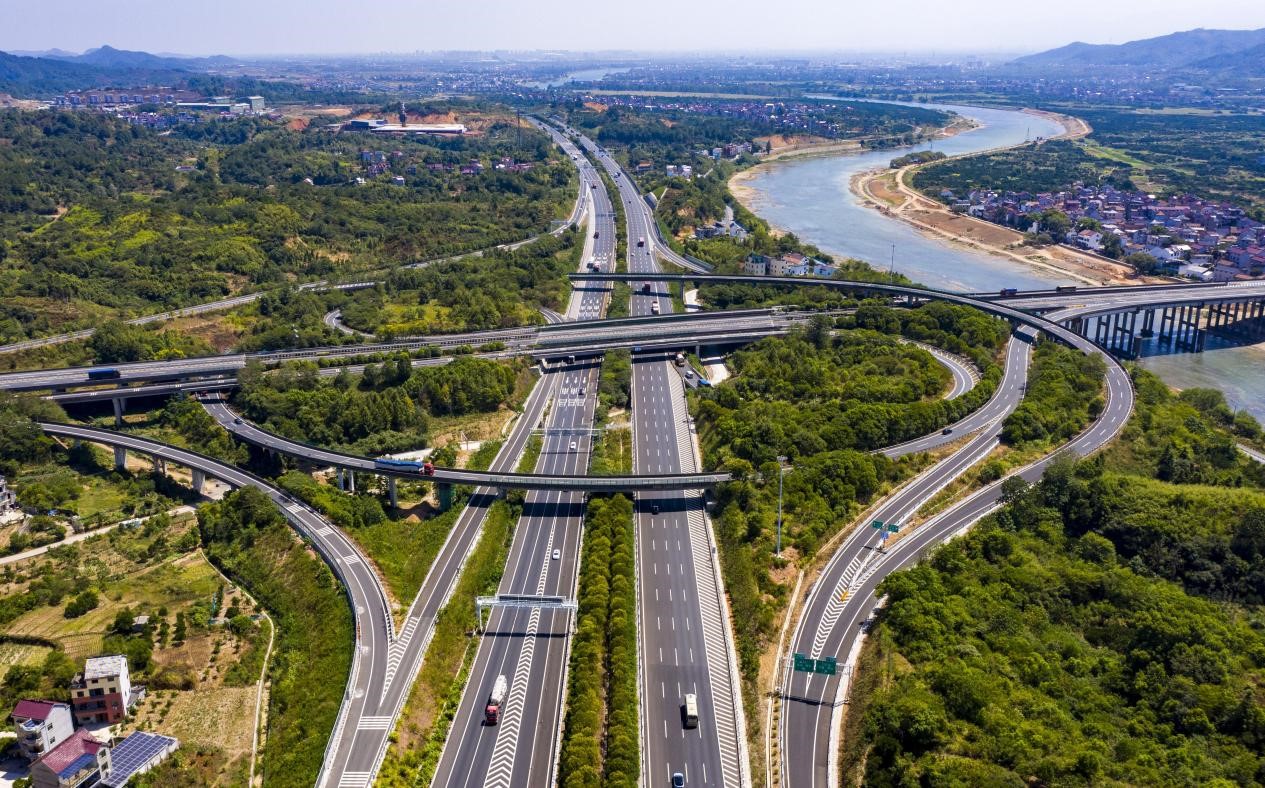
Photo taken on Sept. 6, 2022 shows an interchange along the G60 expressway that connects Shanghai and southwest China's Yunnan province. (People's Daily Online/Zhang Yongtao)
In 2018, the nine cities officially set up the G60 Science and Technology Innovation Valley to build an integrated development platform in the Yangtze River Delta region. It was named after an expressway, G60, which connects the nine cities.
A year later, the valley was upgraded to an important platform for the integrated development of the Yangtze River Delta region, a national strategy for economic momentum.
The nine cities have accelerated their efforts to build major innovation platforms, focusing on major strategic areas and frontier technologies to build the region into a source of innovation.
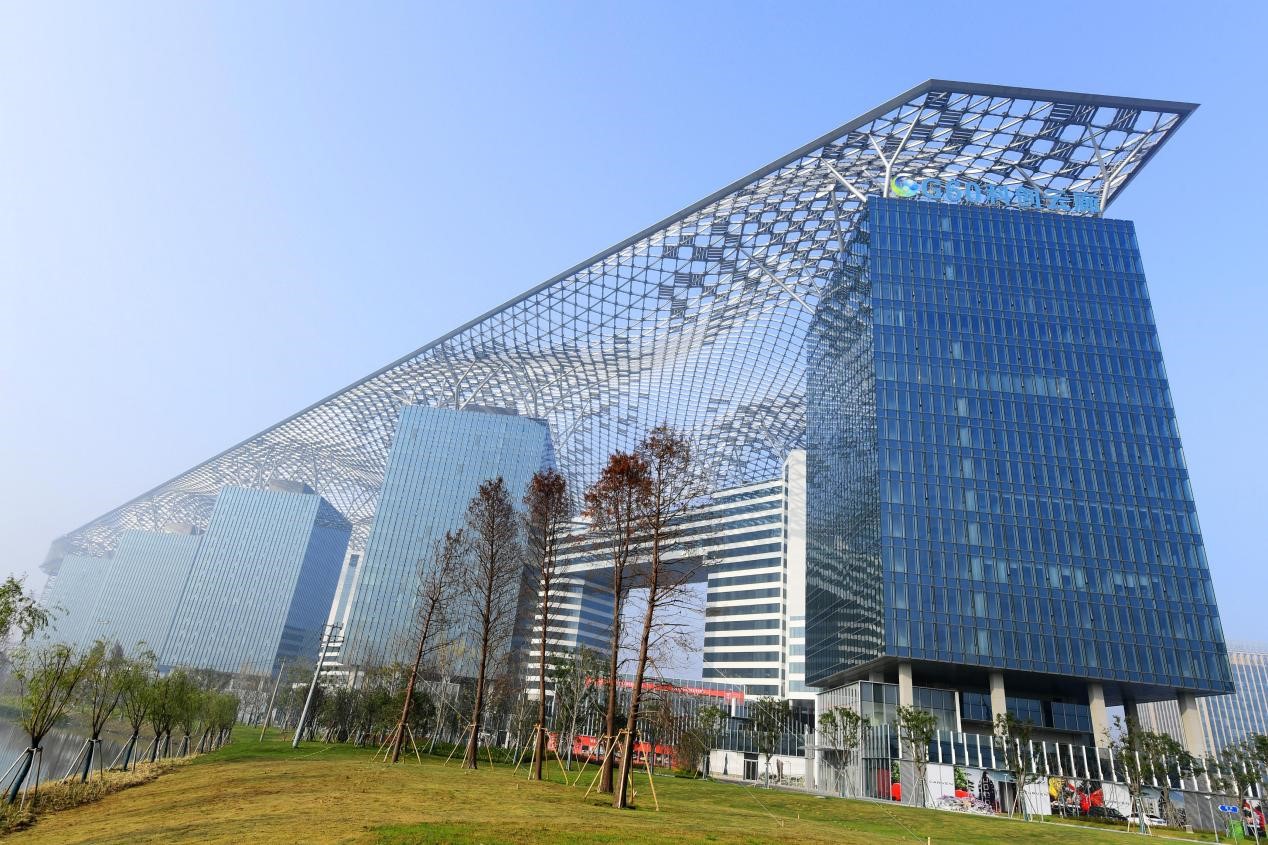
Photo taken on Dec. 13, 2020 shows the G60 Rafael Sky City in Songjiang district, Shanghai. (Photo/People's Daily Online)
They are now home to over 1,000 key labs and engineering technology research centers at national and provincial levels, and their average investment in research and development reached 3.55 percent of GDP.
Besides, over 36,500 high-tech firms, 921 specialized and sophisticated enterprises that produce new and unique products, as well as 1,300 business incubators have settled in these nine cities.
To promote the sharing of technological resources and speed up the commercialization of technological findings, a fund that promotes the cross-regional commercial application of technological achievements in the Yangtze River Delta was established. Under the guidance of the National Fund for Technology Transfer and Commercialization, it is contributed by the governments of the nine cities and social capital.
The nine cities are seeing expanding complementary advantages thanks to their enhanced cooperation. They have set up an industrial park alliance relying on the Suzhou Industrial Park, seven alliances in industries including integrated circuit, artificial intelligence, biomedicine, high-end equipment, new energy, new materials and new energy vehicles, as well as many sub-alliances.

Photo taken on July 30, 2020 shows the G60 Rafael Sky City in Songjiang district, Shanghai. (People's Daily Online/Yang Jianzheng)
They have also established a cross-regional industrial synergetic innovation center and a bridging platform for sci-tech innovation.
Institutional innovation is an important feature of the G60 Science and Technology Innovation Valley. The nine cities have constantly enhanced cooperation and synergetic development, launching integrated policies and relevant platforms to optimize government service, protect intellectual property, attract talent and support technological and innovative enterprises.
Zhang Li, head of the China Center for Information Industry Development under the Ministry of Industry and Information Technology, said enhancing targeted institutional innovation and expanding effective supply is an important outcome achieved by the G60 Science and Technology Innovation Valley.
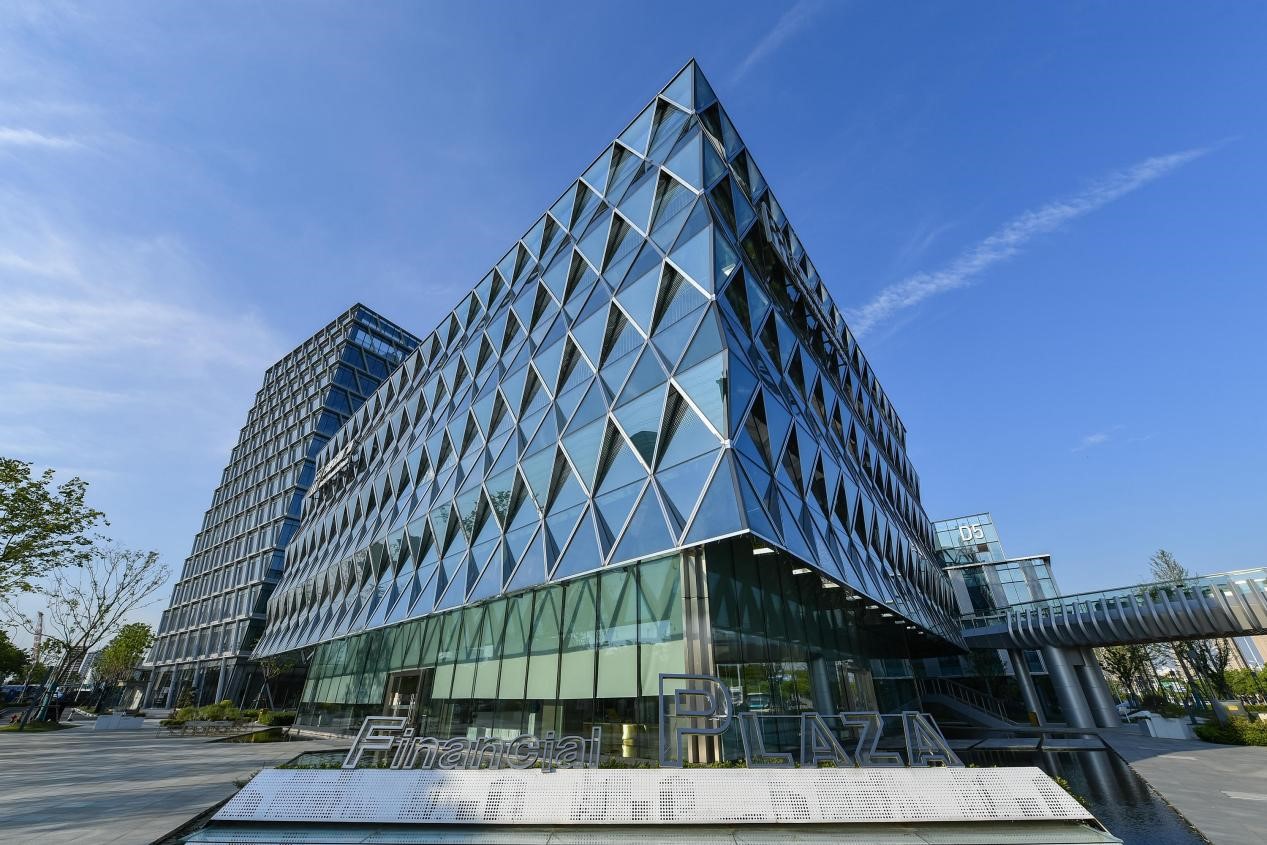
Photo taken on Aug. 7, 2022 shows a demonstration building for financial technology cooperation under the framework of the G60 Science and Technology Innovation Valley of the Yangtze River Delta in Hefei, east China's Anhui province. (People's Daily Online/Yuan Bing)
The nine cities have seen significant development thanks to the integrated platform. The value-added output of emerging industries in the nine cities accounts for 15 percent of their total GDP, up from 11.5 percent when the G60 Science and Technology Innovation Valley was just launched.
Their GDP makes up about 6.7 percent of the national total and they are home to 10 percent of China's total high-tech firms. Besides, around 20 percent of the companies listed on the Shanghai Stock Exchange's sci-tech innovation board are based in these nine cities.
In the third quarter of this year, their total GDP increased 3.9 percent year on year, and their foreign trade 112 percent. Since June, they have inked more than 1,300 projects with a total investment of 1.26 trillion yuan ($176.84 billion). The G60 Science and Technology Innovation Valley has grown into a new growth pole.
According to a report issued at the summit, the G60 Science and Technology Innovation Valley has set a good example in developing a regional economic layout and a territorial space system that complement each other’s strengths and promote high-quality development.
The innovation valley will be built into a sci-tech innovation corridor with international influence and an important source of innovation for China by 2025, to better serve the country's new development paradigm.
Photos
Related Stories
- Yangtze River Delta boosts integration through digitalization
- Chinese vice premier calls for new strides in Yangtze River Delta integration
- New yuan loans rise in Yangtze River Delta in November
- New growth drivers boost foreign trade in China's Yangtze River Delta
- Chinese vice premier stresses pushing integrated development of Yangtze River Delta
- Cafe witnesses development of Yangtze River Delta
- Domestic, foreign currency loans up in Yangtze River Delta
- China's largest city cluster accelerates high-quality integration
- Yangtze River Delta region sells off 60 sci-tech achievements for 134 million yuan at auction
- Deposits rise in Yangtze River Delta in 2019
Copyright © 2022 People's Daily Online. All Rights Reserved.







